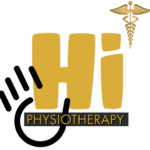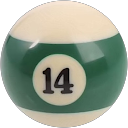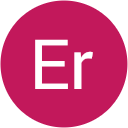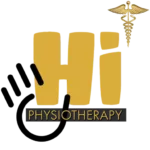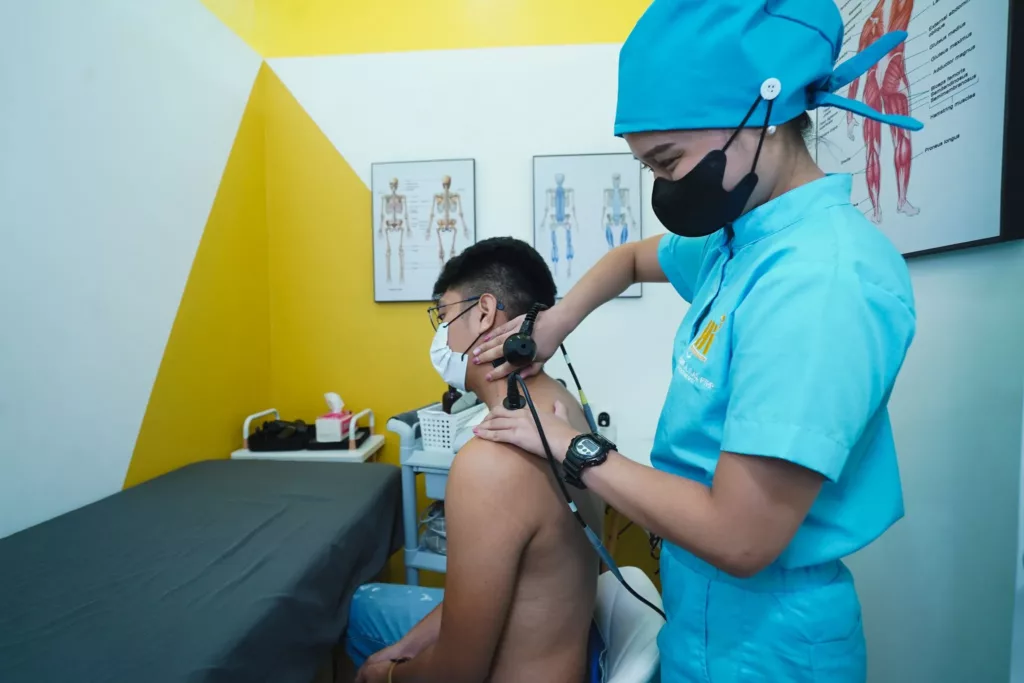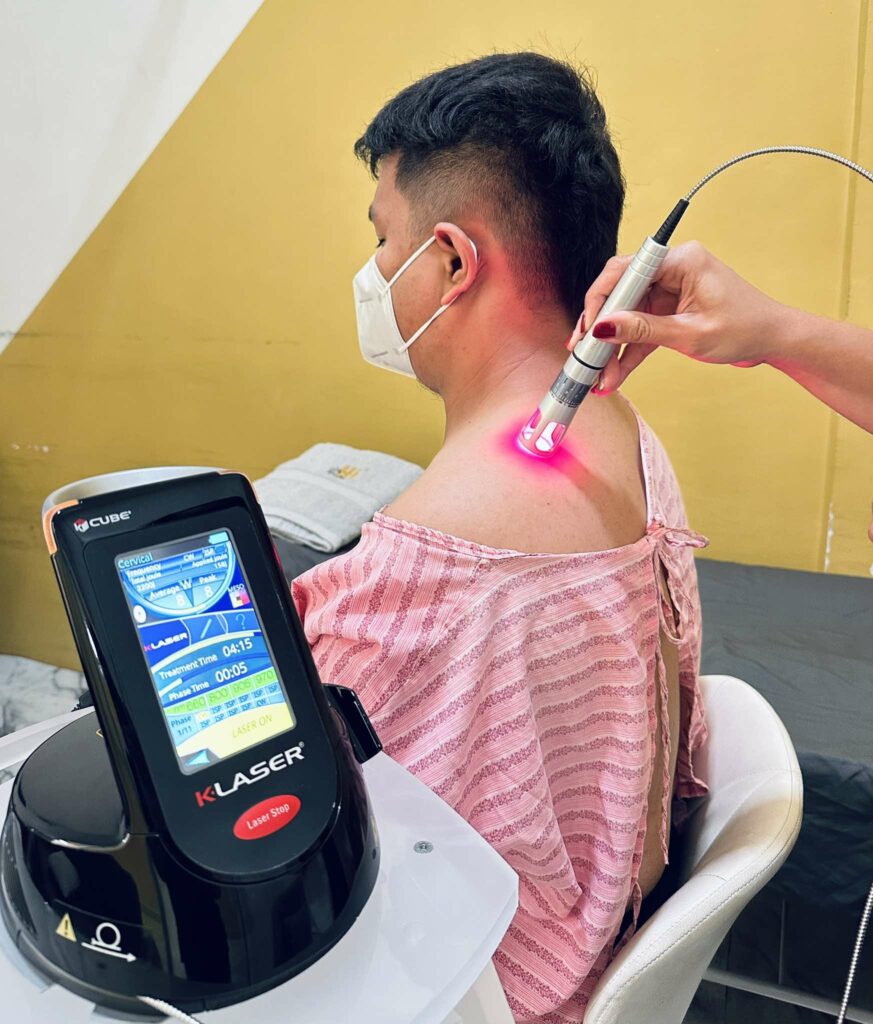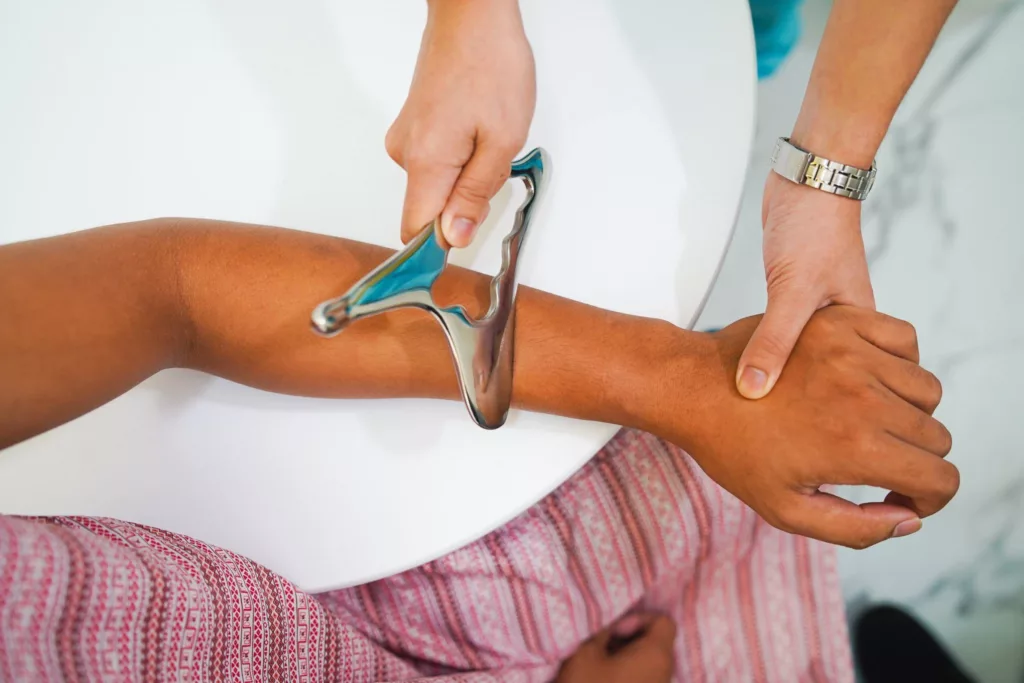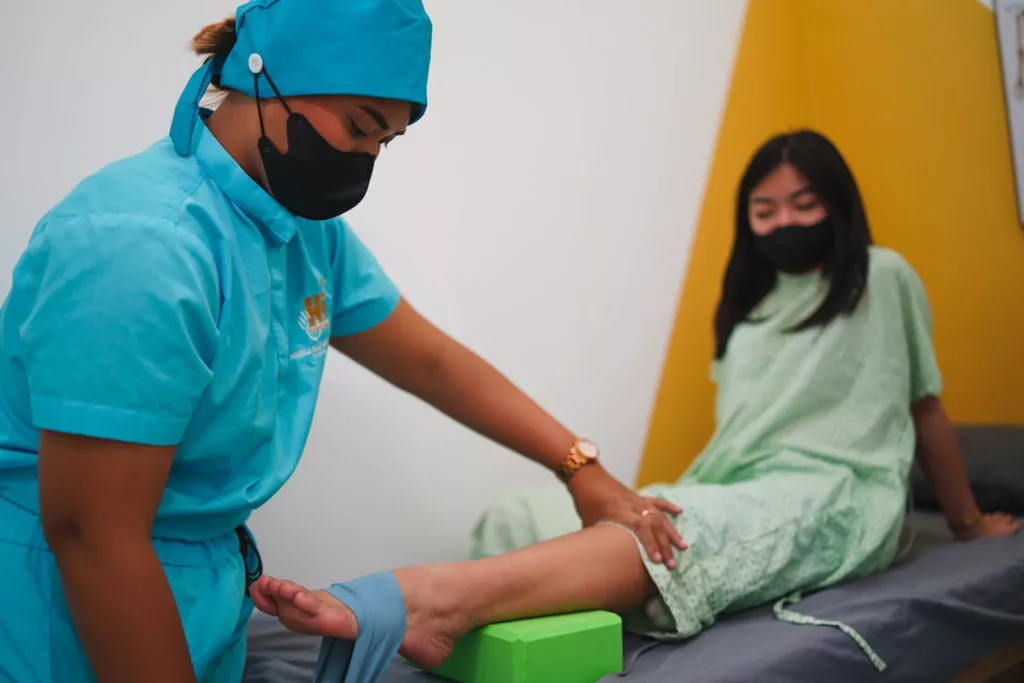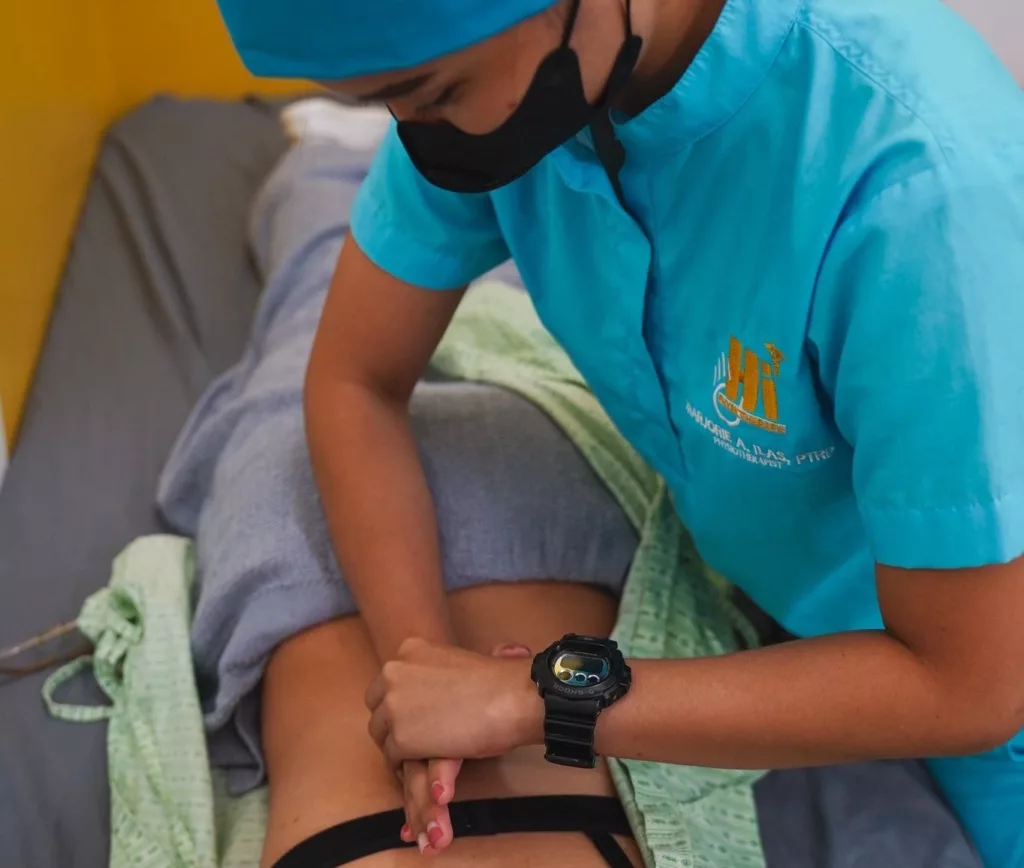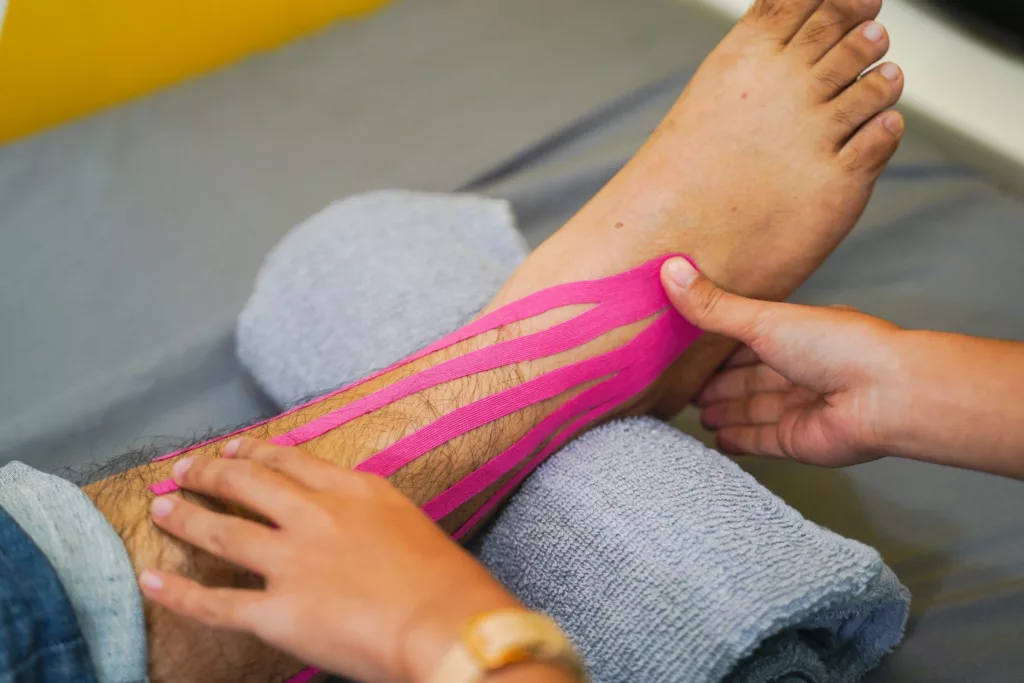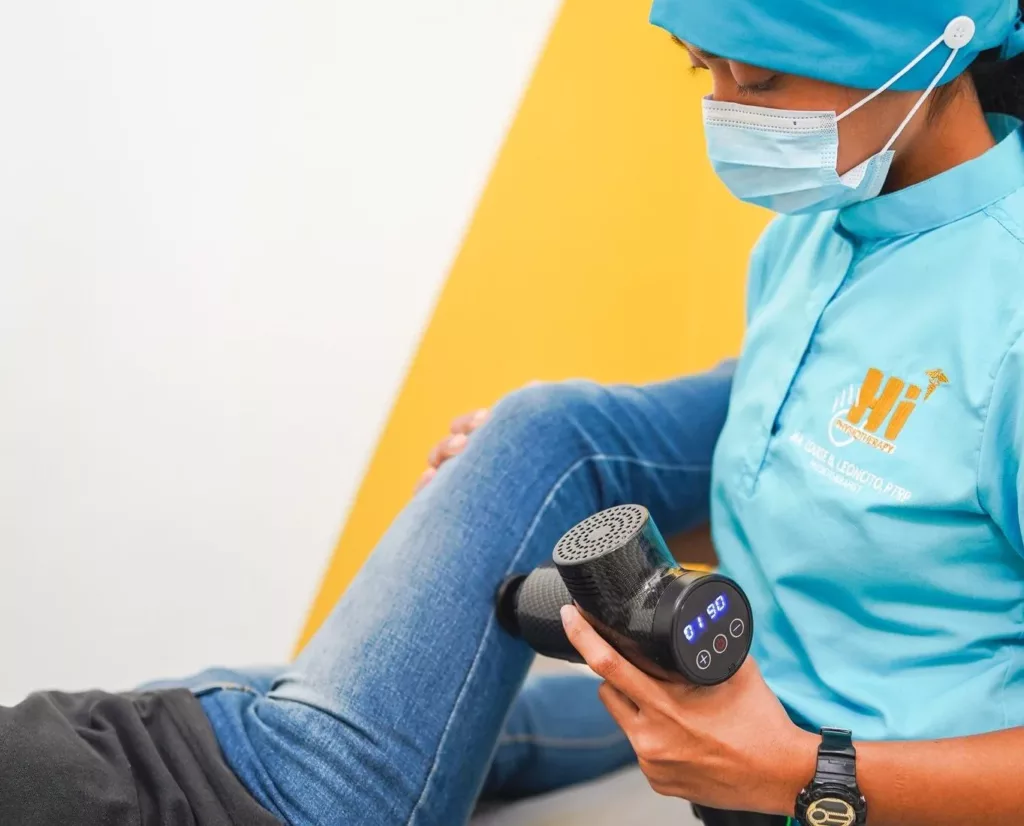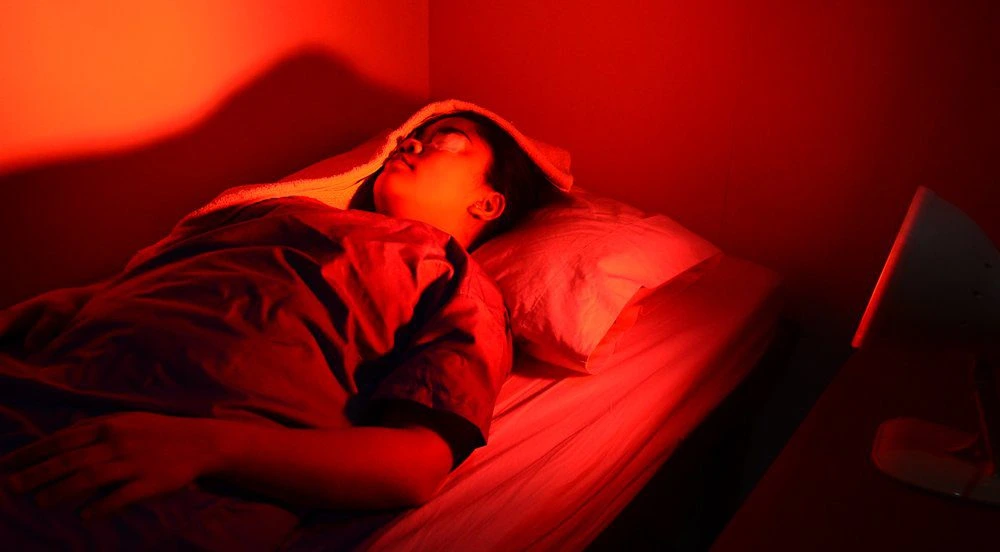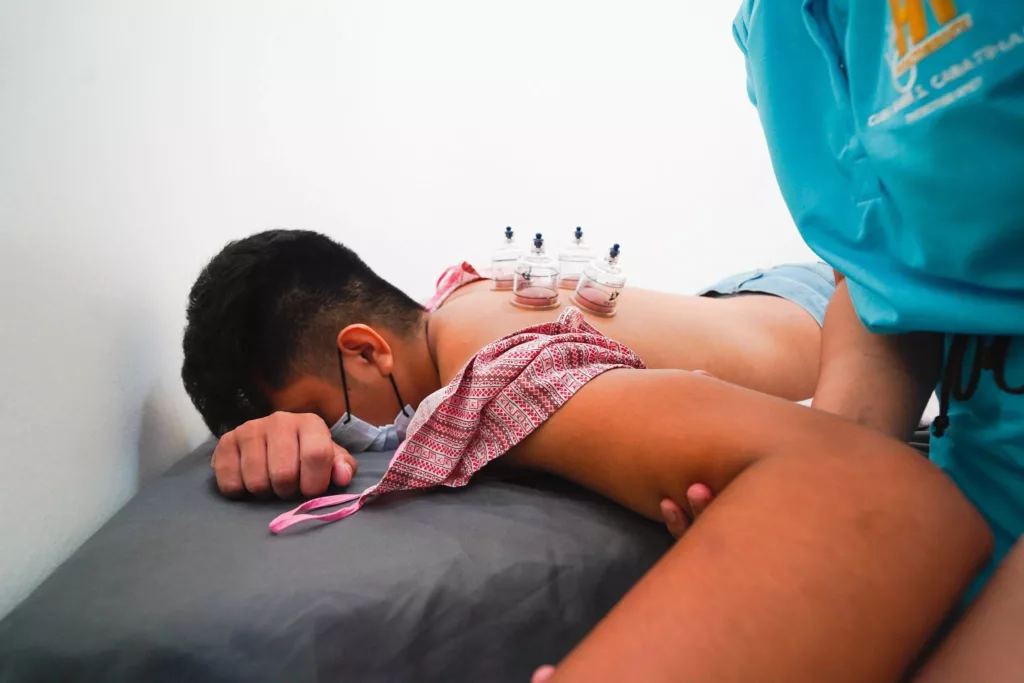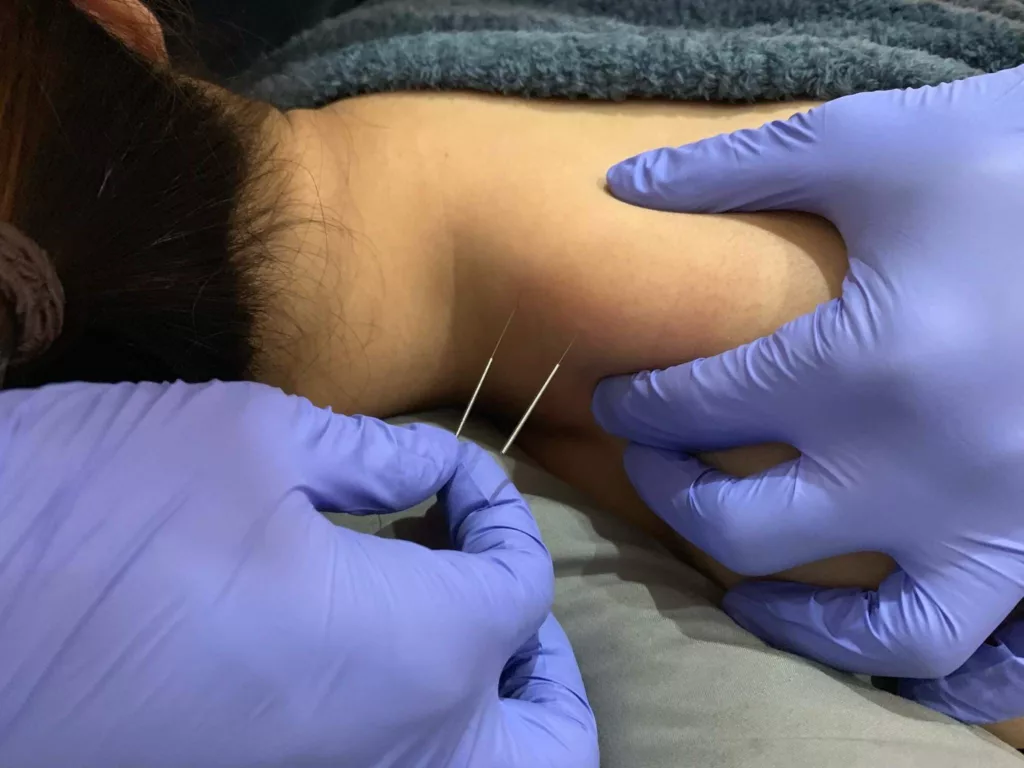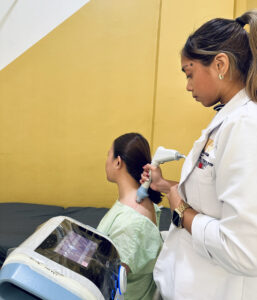
Professional Excellence
in Sports, Spine, Muscle & Joint Care
If you are looking to improve your daily function, schedule an appointment with us!
Get back on track and regain your ability to do meaningful activities with the help of our highly skilled physiotherapists!
Pain-Free Movement, Limitless Potential.Recover, Rehabilitate, Rejuvenate With Physiotherapy!
Rehabilitate Your Body, Rejuvenate Your Soul. Embrace the Journey of Healing With Our Dedicated Team!
Let Us Help You on Your Journey to Optimal Health With Physiotherapy!
WHY US?
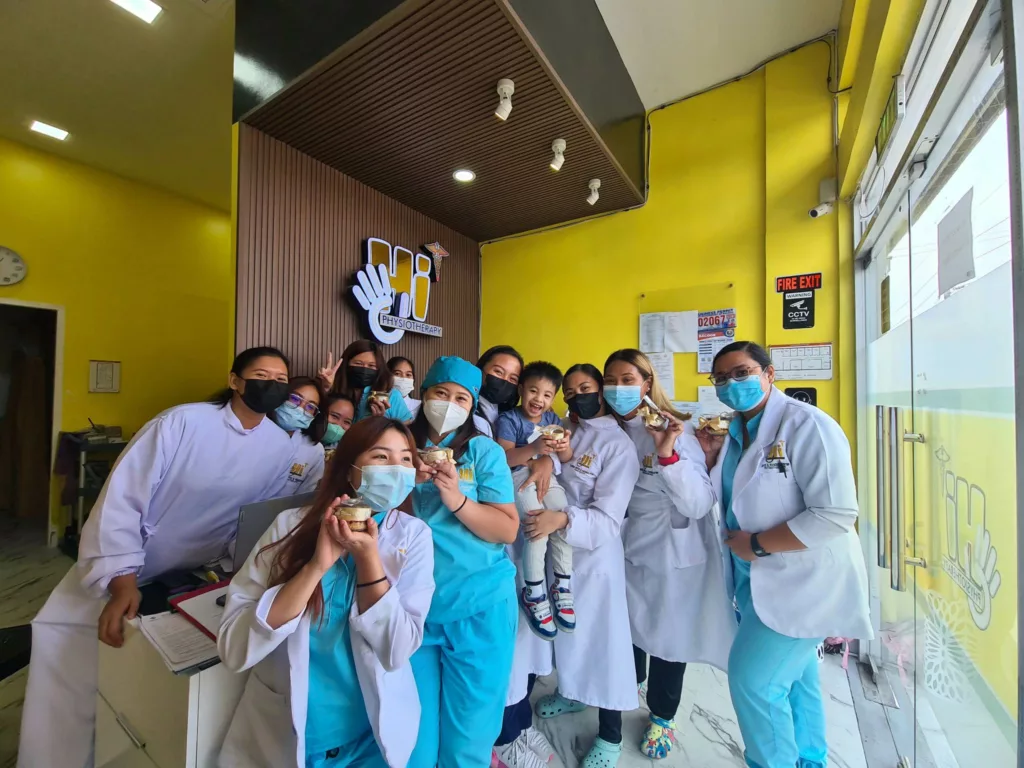
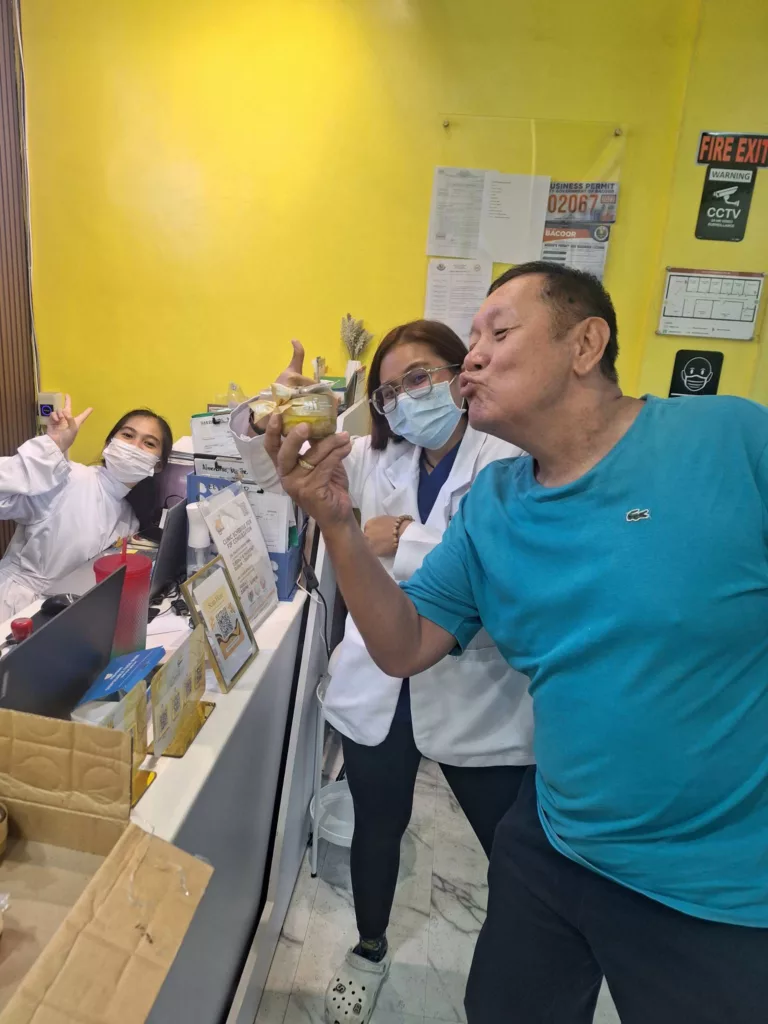
When you walk through our doors, you’ll experience a supportive, welcoming environment where your well-being comes first. We take time to truly understand your story—listening, observing, and customizing each treatment so you feel genuinely heard and cared for. From prevention and rehabilitation to complete recovery, we offer a full spectrum of services that nurture your body and mind.
We pride ourselves not only on our expertise but also on our compassionate, approachable nature. Our therapists are here to guide, support, and inspire you, helping you overcome challenges with personalized care and encouragement. We’re dedicated to fostering an environment where you feel empowered, comfortable, and motivated at every step of your recovery journey.
OUR SERVICES
Our clinics are equipped with state-of-the-art facilities and the latest advancements in physiotherapy techniques. Whether you’re recovering from an injury, managing a chronic condition, or seeking preventive care, we are here to support you on your journey to recovery and improved physical function.
We treat a wide range of conditions, including musculoskeletal injuries, sports-related injuries, post-surgical rehabilitation, chronic pain conditions, neurological disorders, and more. We are committed to staying updated with the latest research and advancements in physiotherapy to provide you with the most effective and evidence-based treatments available.
TECAR Therapy
“A diathermy or deep heating device used for pain relief which works by stimulating the body’s natural healing process. This is one of the most advanced forms of technology in Physical Therapy.”
Instrument-assisted soft tissue mobilization
“This is also a form of Manual Therapy which is used to release localized muscular restriction. Using a blade tool which can be incorporated with simple exercises can promote pain relief during movements.”
Therapeutic Exercises
“These are clinically supervised activities prescribed by a physical therapist for the purpose of maintaining and achieving appropriate mobility of the joints and muscle performance.”
Joint Mobilization
“A careful use of skilled graded forces to move a joint in a desired direction. Unlike stretching of a muscle joint mobilization is specific to the capsule of the joint itself.”
Kinesiologic Procedure
“A therapeutic taping technique which alleviates pain and facilitates lymphatic drainage by mechanically lifting the skin.”
Percussive Myogun Therapy
“Localized vibrations using a therapeutic “gun” device can be added to the overall Physical Therapy program to ease muscle tensions.”
Infrared Radiation Therapy
“Infrared promotes a wide range of therapeutic benefits in cells or tissues. It helps to reduce pain and can be used to treat various conditions.”
Physio Cupping
“Physical Therapists use suction cups as the patient attempts to perform movements that aggravate the pain. Pain relief is achieved by counter-irritant effect and muscular inhibition, thus allowing freer movement.”
Dry Needling
“Our clinic is equipped with skilled application of acupuncture needles intended to target the source of the pain. This is beneficial for patients with posture or muscle related pains and injuries”
Shockwave Therapy
"Shockwave therapy, also known as extracorporeal shockwave therapy (ESWT), is a non-invasive treatment that uses sound waves and pressure waves to treat pain and injuries."
High Intensity Laser
A high-intensity laser is a device that produces a light that carries energy and spreads it to the tissue to promote healing and improve the pain of the inflamed tissue. It penetrates and spreads through subcutaneous fats, muscles, tendons, and bones.
View All Services
We offer other services that are not listed here. Click here to view other services that we offer
OUR TEAMS
Meet our team of experts that make it all happen here.
Our teams consists of highly skilled and compassionate physiotherapists who are passionate about helping you regain mobility, reduce pain, and enhance your overall quality of life. We believe in a holistic approach to healing, combining manual therapy, exercise prescription, modalities, and patient education to optimize your outcomes.
We believe in fostering a warm and welcoming environment where you feel comfortable and supported throughout your treatment journey. Our friendly staff will ensure that you receive the highest level of care and attention during your visits, and we strive to create a positive and empowering experience for every individual who walks through our doors.






We are accredited by:

“select a clinic location to know if your preferred clinic location is accredited by your HMO provider.”
REVIEWS
CLINIC LOCATIONS
Bacoor Clinic
Address: Unit 9, Paseo de Bacoor Paseo A, 4102 Molino Blvd, Molino III, Bacoor, 4102 Cavite
Pampanga Clinic
Address: Unit 1B, Ground floor, OEH Business Center, Aniceto Gueco St, Balibago, Angeles City
Binan Clinic
Address: 2F Tri-Ax Three Center, 35 Manila S Rd, San Antonio, Binan, 4024 Laguna
Lipa Clinic
San Pedro Clinic
Trece Clinic
Address: Unit GFL, 3 Governor’s Dr, Trece Martires, 4109 Cavite
We are
HIRING!
If you are a dedicated and compassionate physiotherapist who is looking to make a meaningful impact on the lives of patients, we invite you to explore our current job opportunities. Whether you are a recent graduate seeking your first position or an experienced professional looking for a new challenge, we have a variety of roles and settings to suit your interests and career aspirations.
Join us on this rewarding journey, where your skills and expertise will be valued, and your contributions will make a difference. Together, we can create a healthier and more mobile world, one patient at a time.
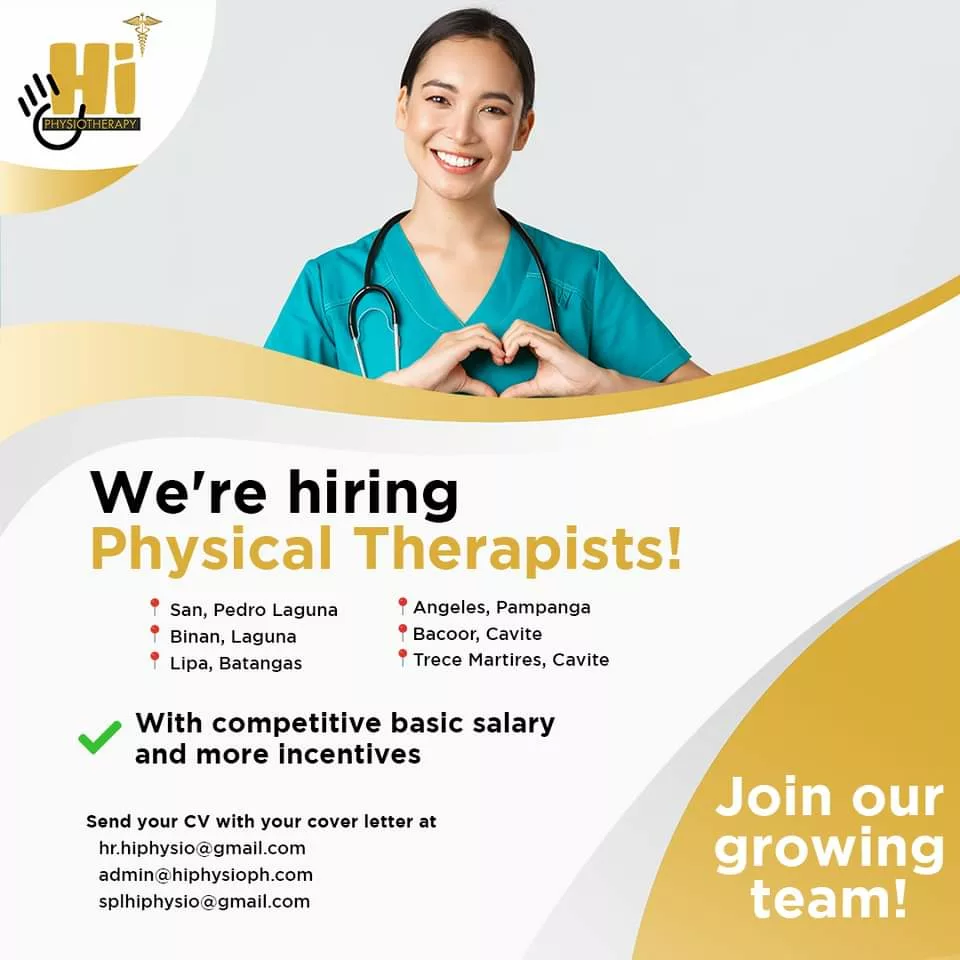
Need our care?
Please contact us:
Health is wealth. Fixated working postures, prolonged sitting position, and repetitive work takes a toll on our body. Book an appointment with us now!
